SNOSBQ4F May 1999 – January 2022 LM567C
PRODUCTION DATA
- 1 Features
- 2 Applications
- 3 Description
- 4 Revision History
- 5 Device Comparison
- 6 Pin Configuration and Functions
- 7 Specifications
- 8 Parameter Measurement Information
- 9 Detailed Description
- 10Application and Implementation
- 11Power Supply Recommendations
- 12Layout
- 13Device and Documentation Support
- 14Mechanical, Packaging, and Orderable Information
Package Options
Mechanical Data (Package|Pins)
Thermal pad, mechanical data (Package|Pins)
Orderable Information
7.5 Typical Characteristics
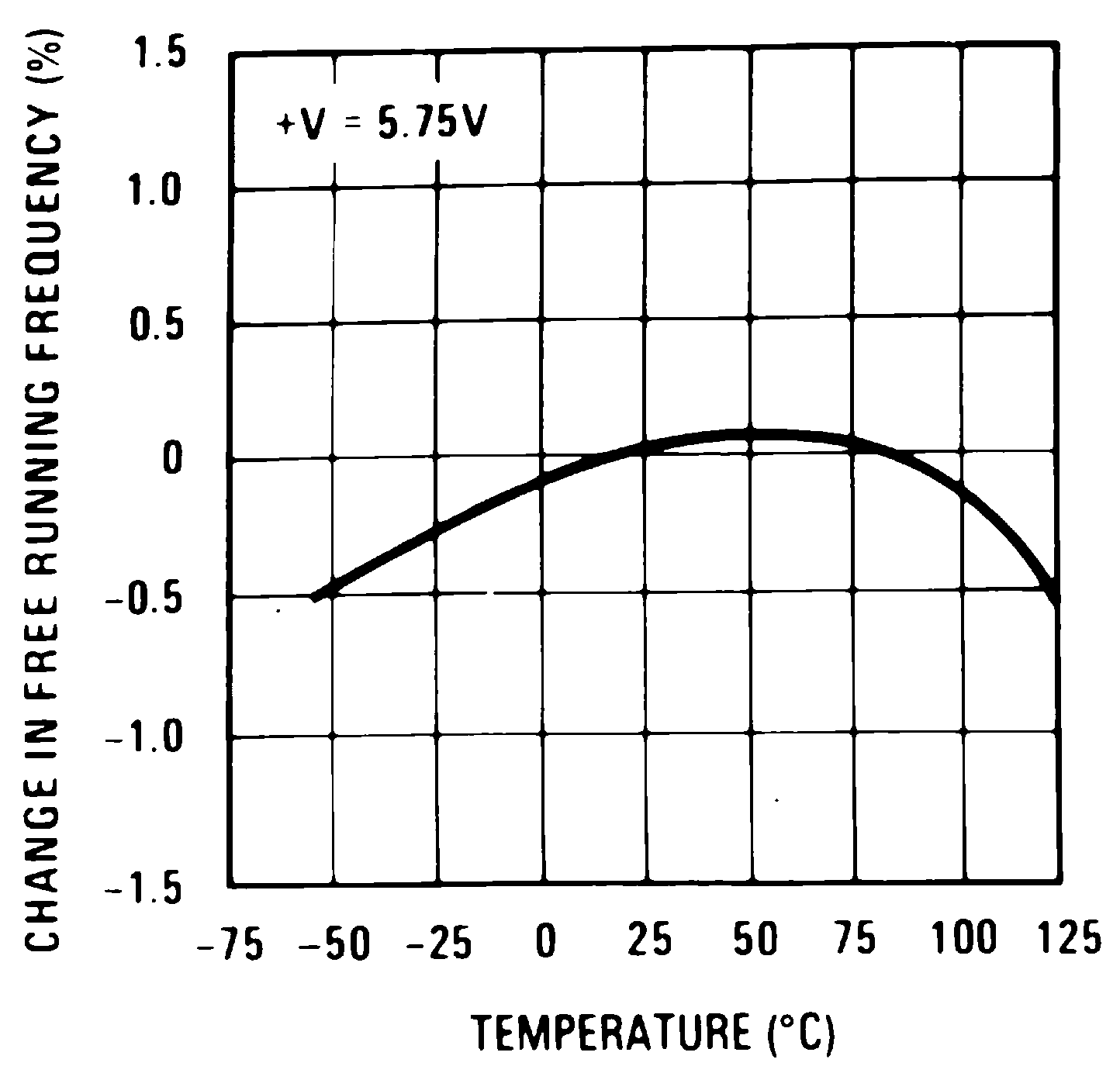 Figure 7-1 Typical Frequency Drift
Figure 7-1 Typical Frequency Drift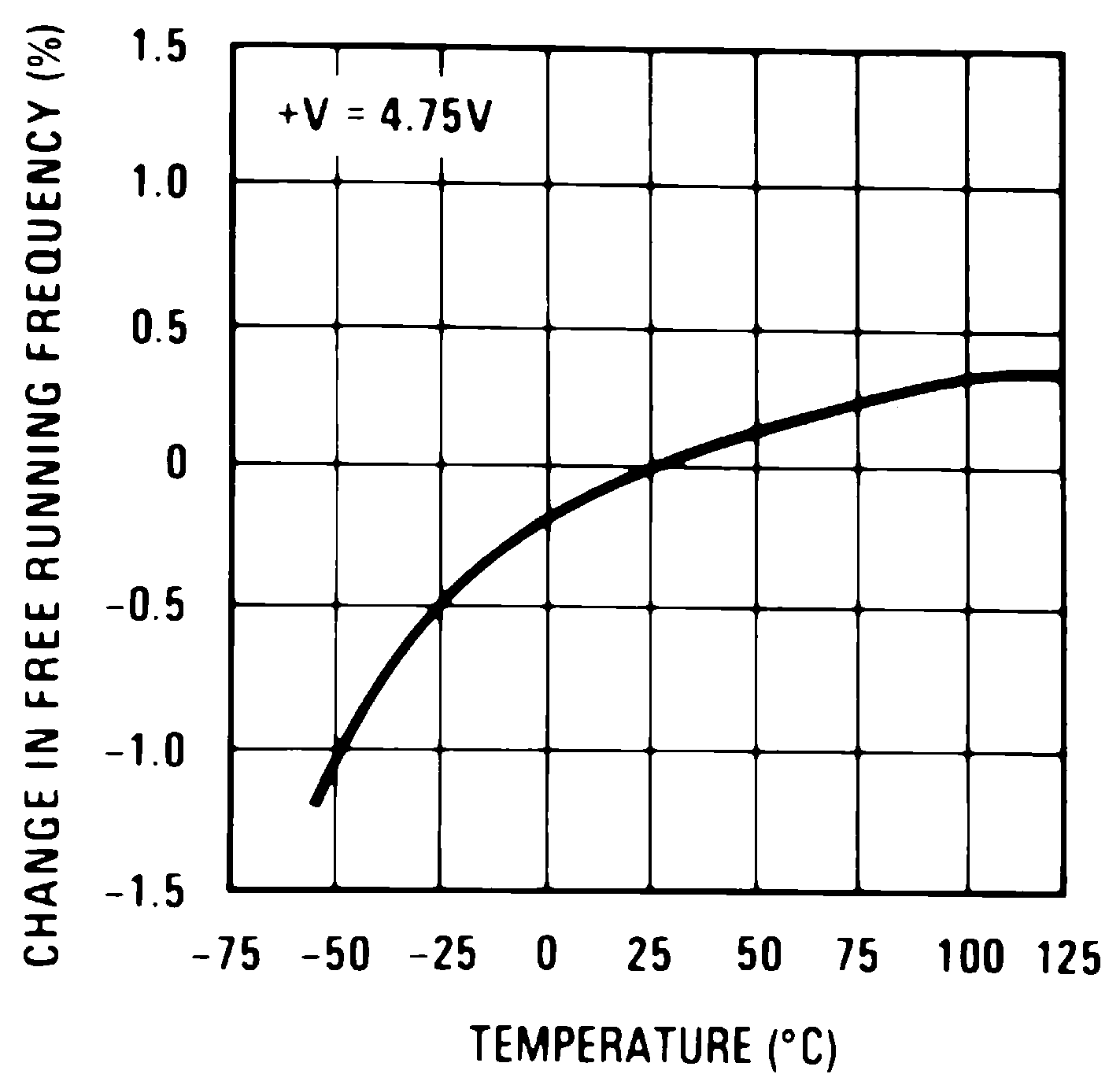 Figure 7-3 Typical Frequency Drift
Figure 7-3 Typical Frequency Drift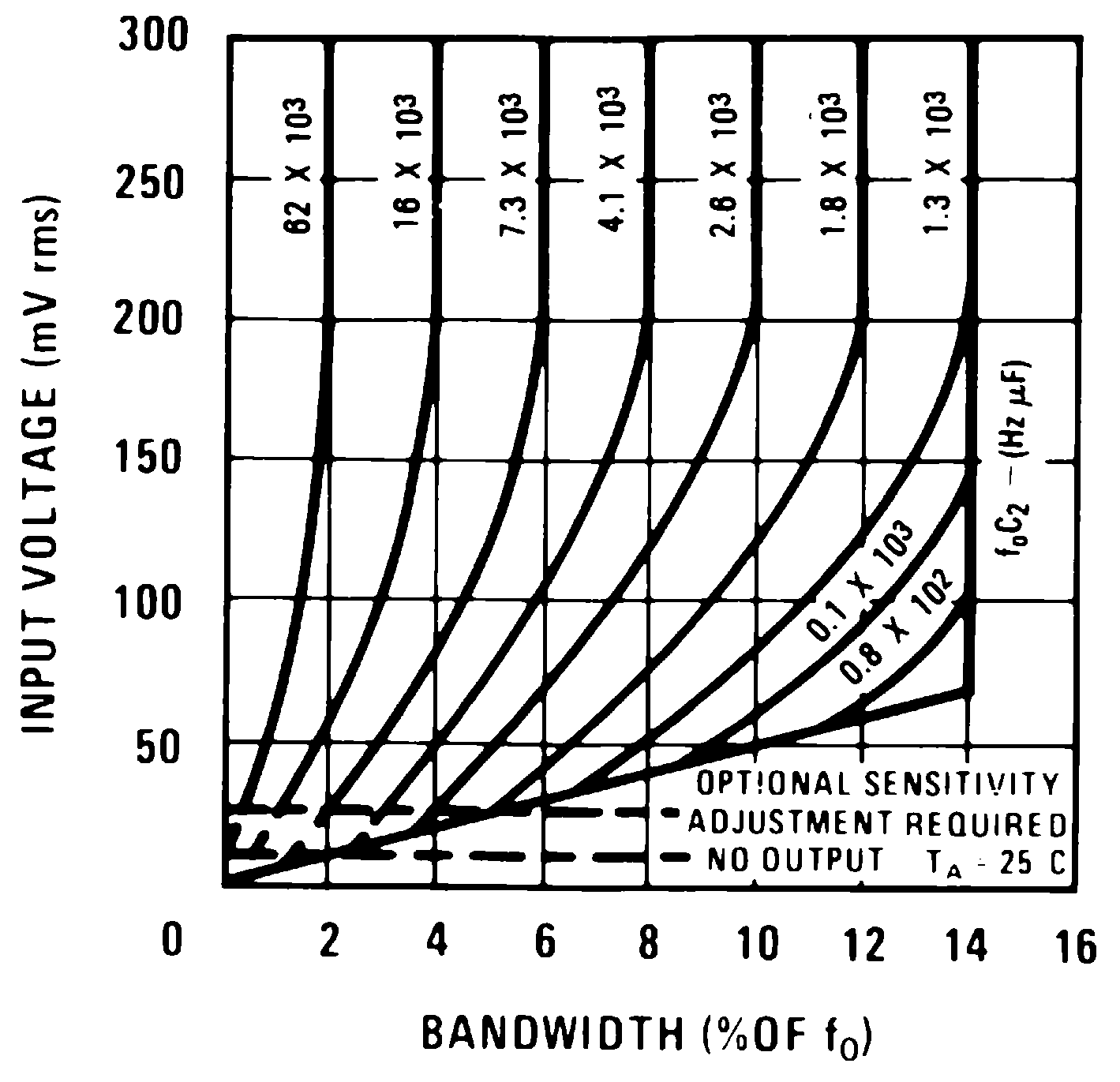 Figure 7-5 Bandwidth vs Input Signal Amplitude
Figure 7-5 Bandwidth vs Input Signal Amplitude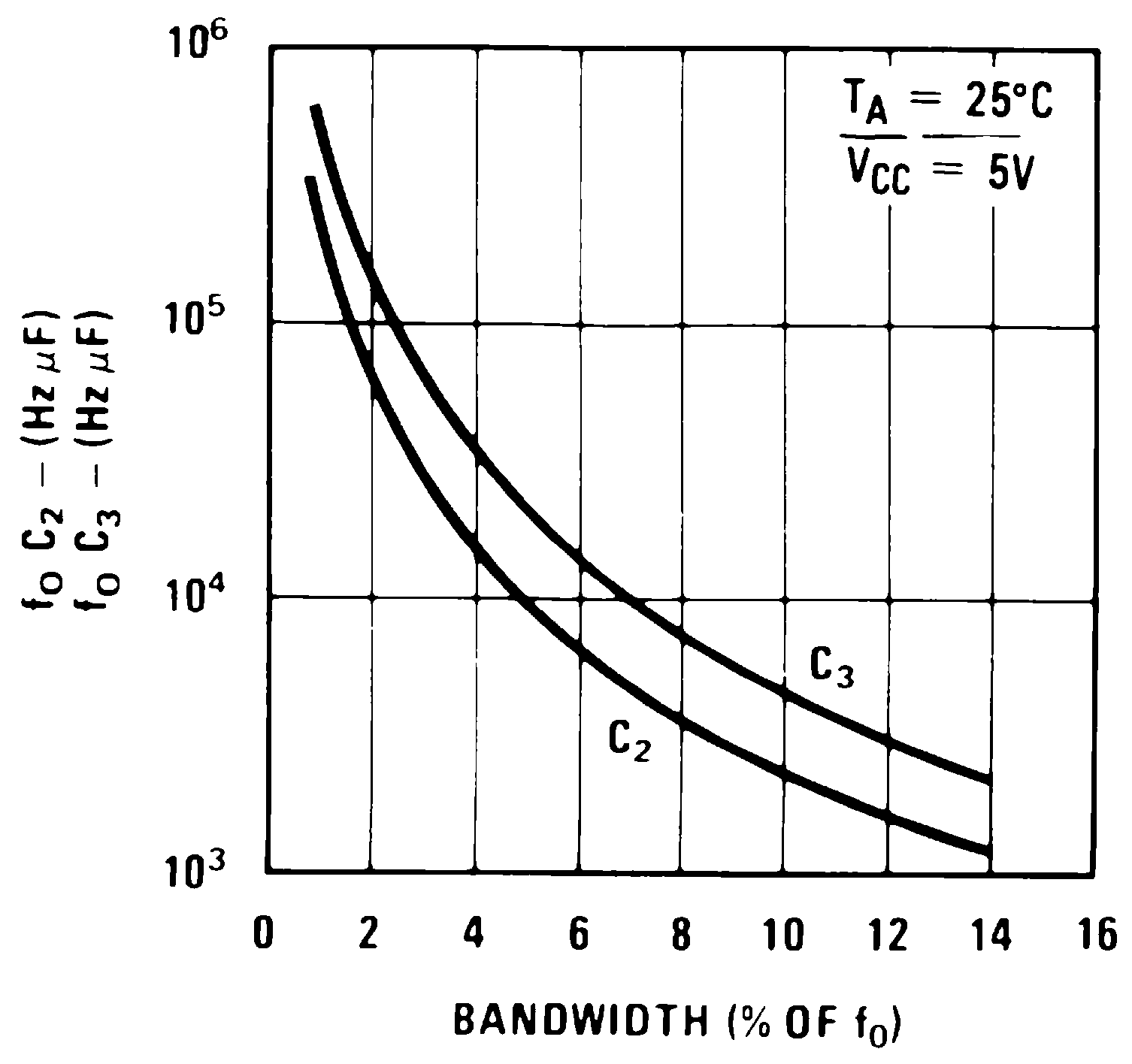 Figure 7-7 Detection Bandwidth as a Function of C2 and C3
Figure 7-7 Detection Bandwidth as a Function of C2 and C3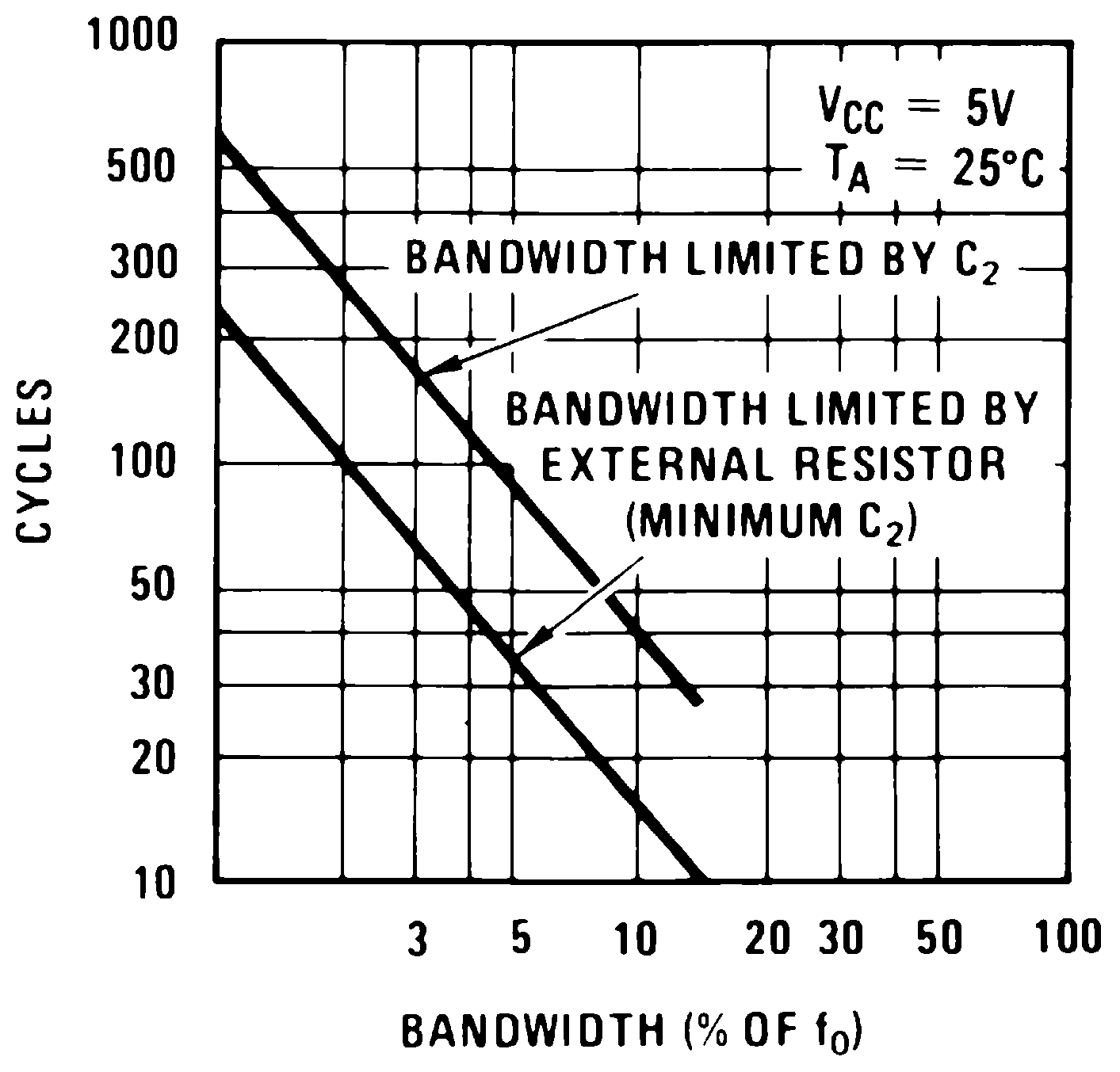 Figure 7-9 Greatest Number of Cycles Before Output
Figure 7-9 Greatest Number of Cycles Before Output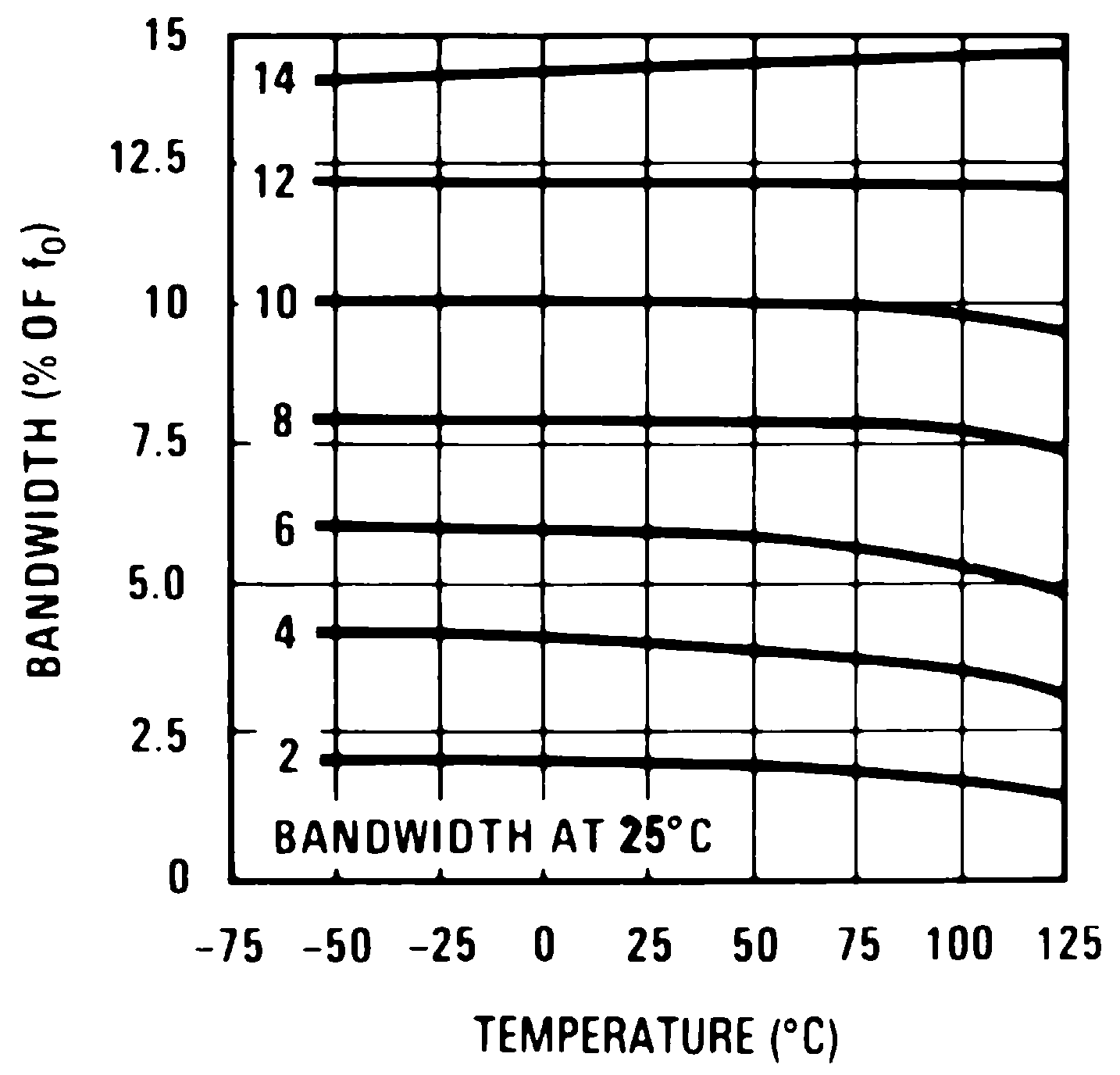 Figure 7-2 Typical Bandwidth Variation
Figure 7-2 Typical Bandwidth Variation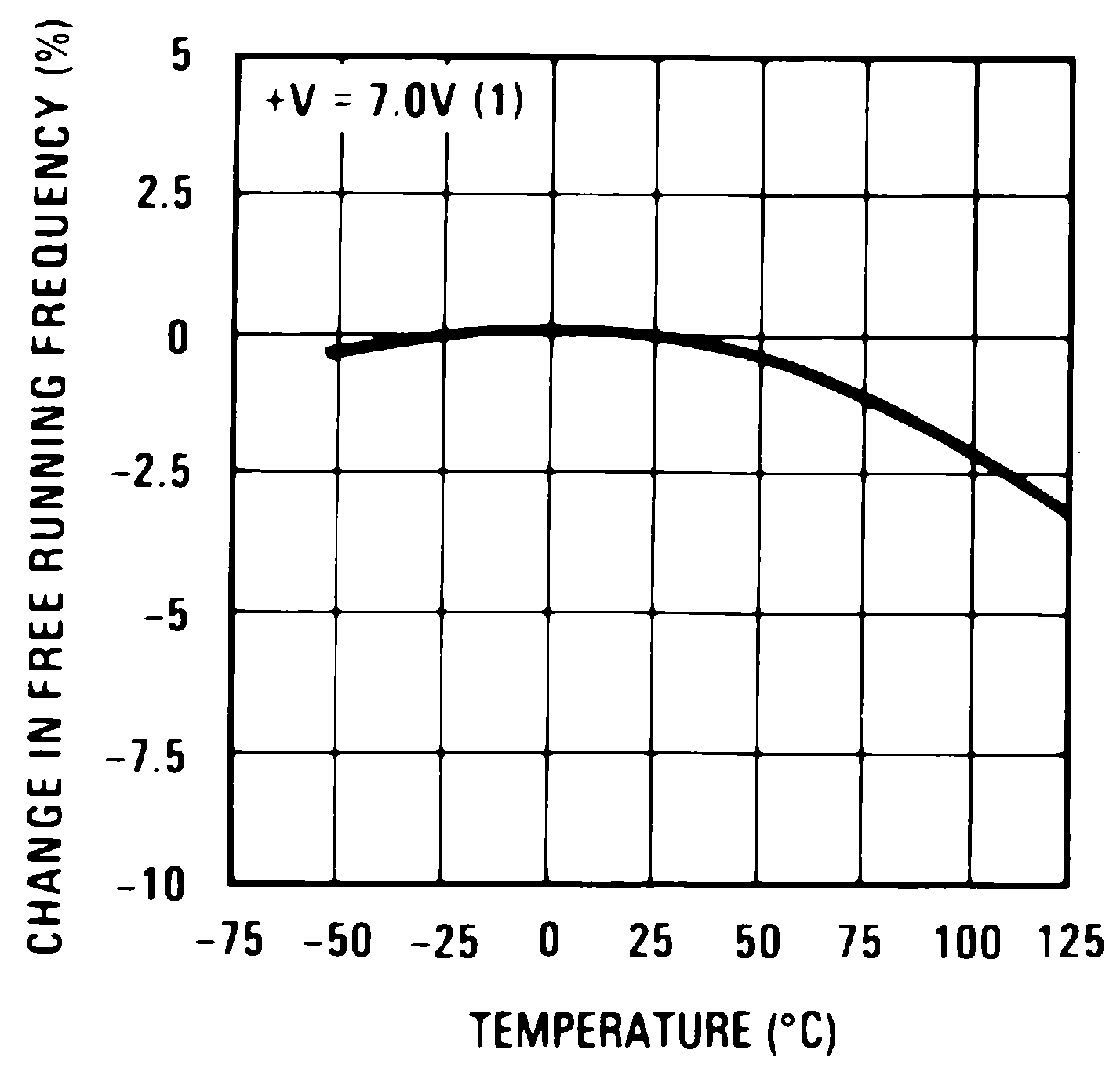 Figure 7-4 Typical Frequency Drift
Figure 7-4 Typical Frequency Drift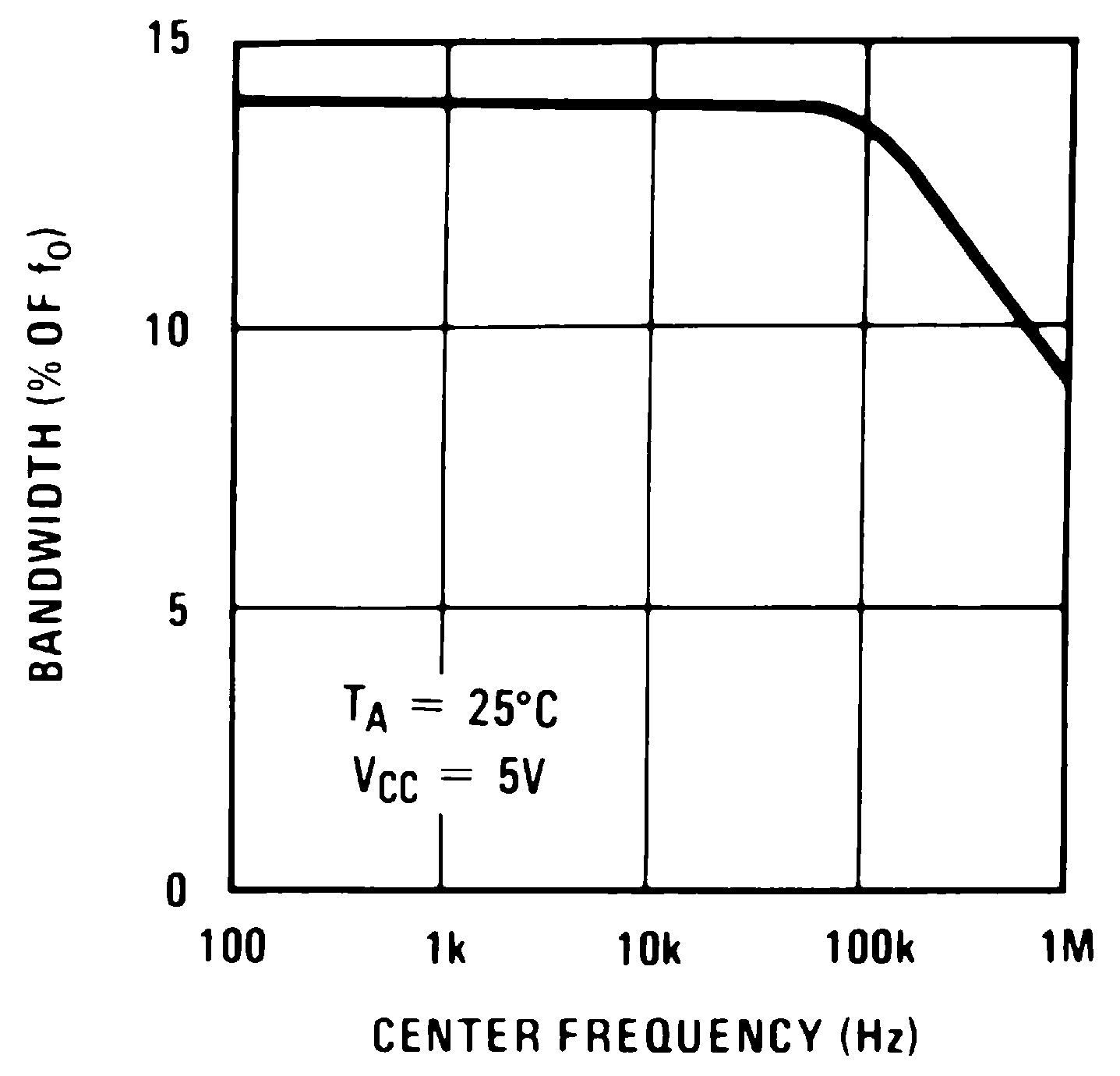 Figure 7-6 Largest Detection Bandwidth
Figure 7-6 Largest Detection Bandwidth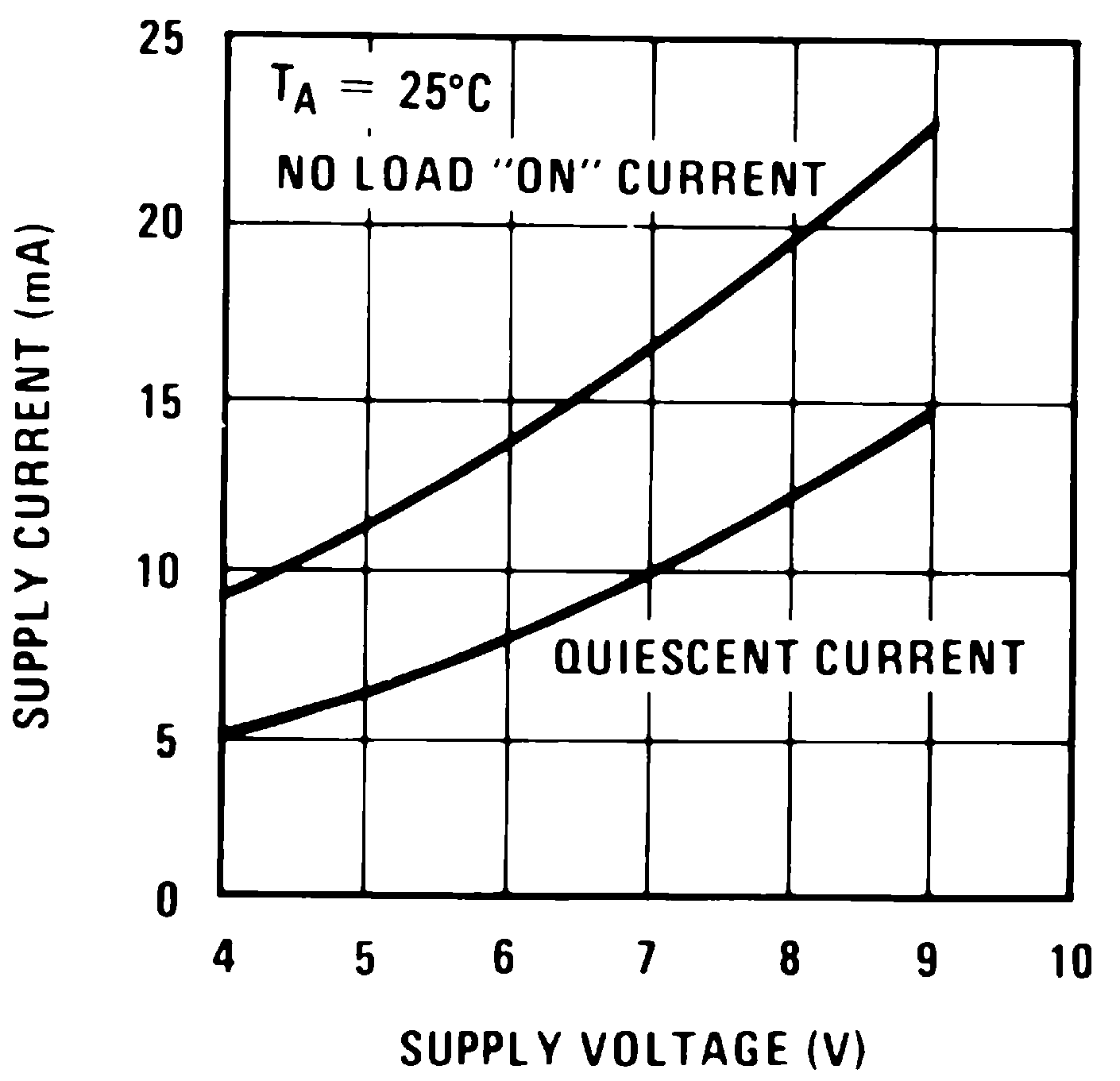 Figure 7-8 Typical Supply Current vs Supply Voltage
Figure 7-8 Typical Supply Current vs Supply Voltage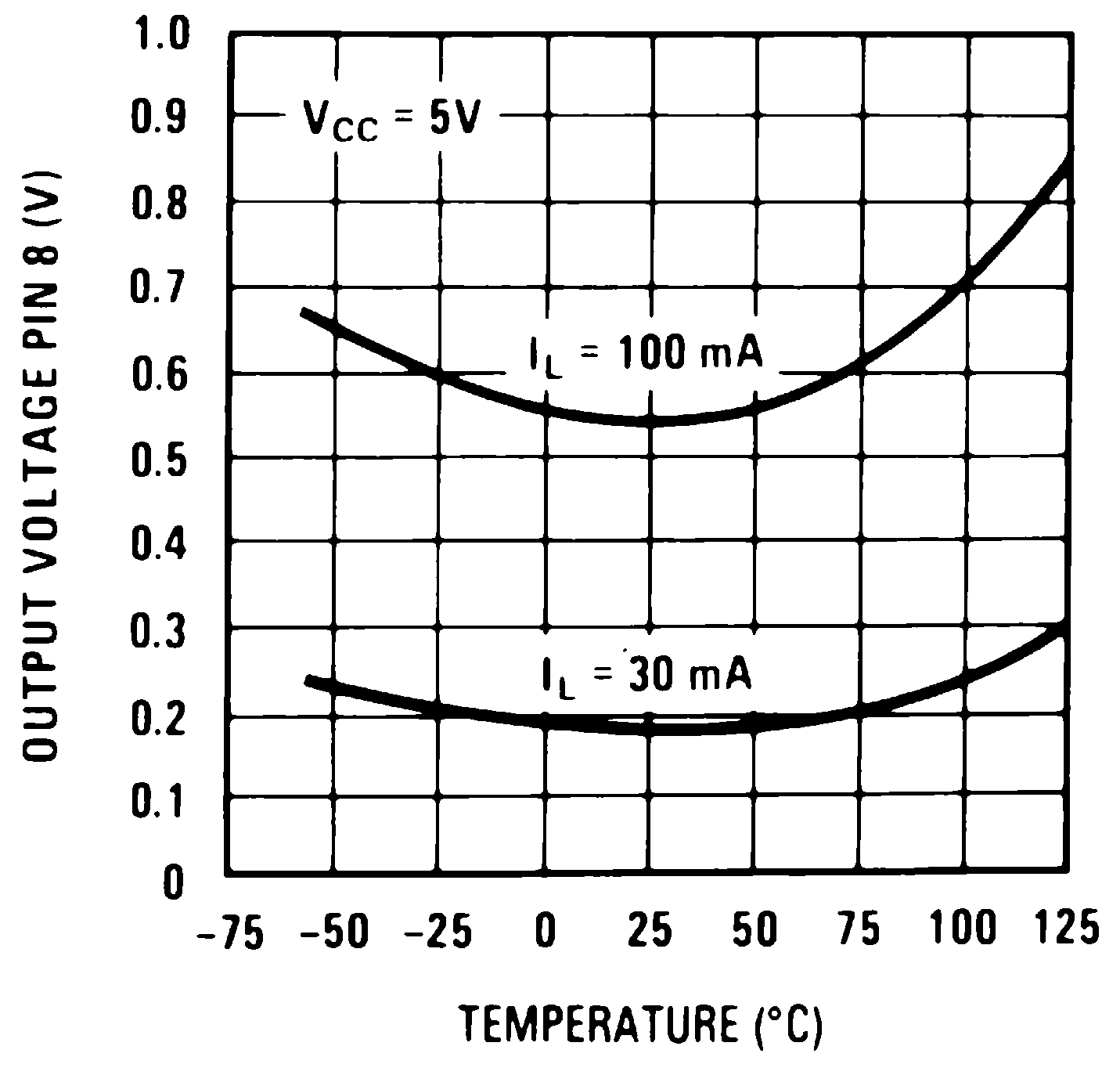 Figure 7-10 Typical Output Voltage vs Temperature
Figure 7-10 Typical Output Voltage vs Temperature